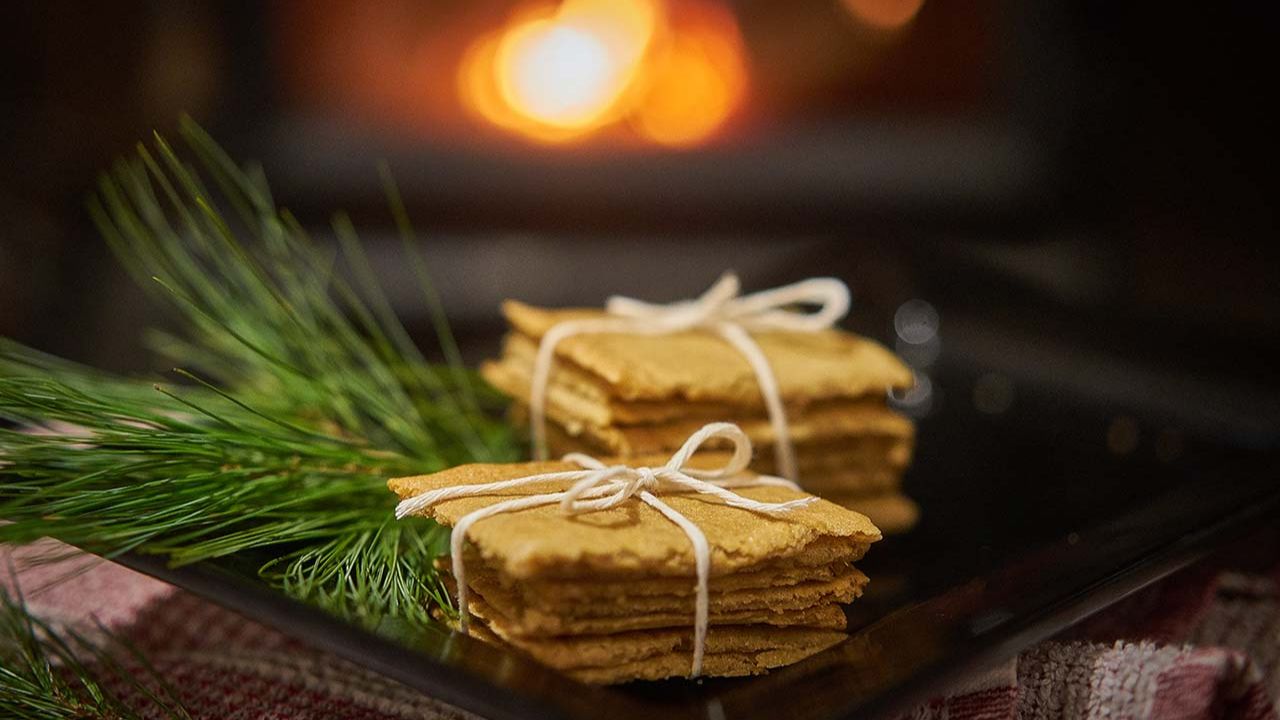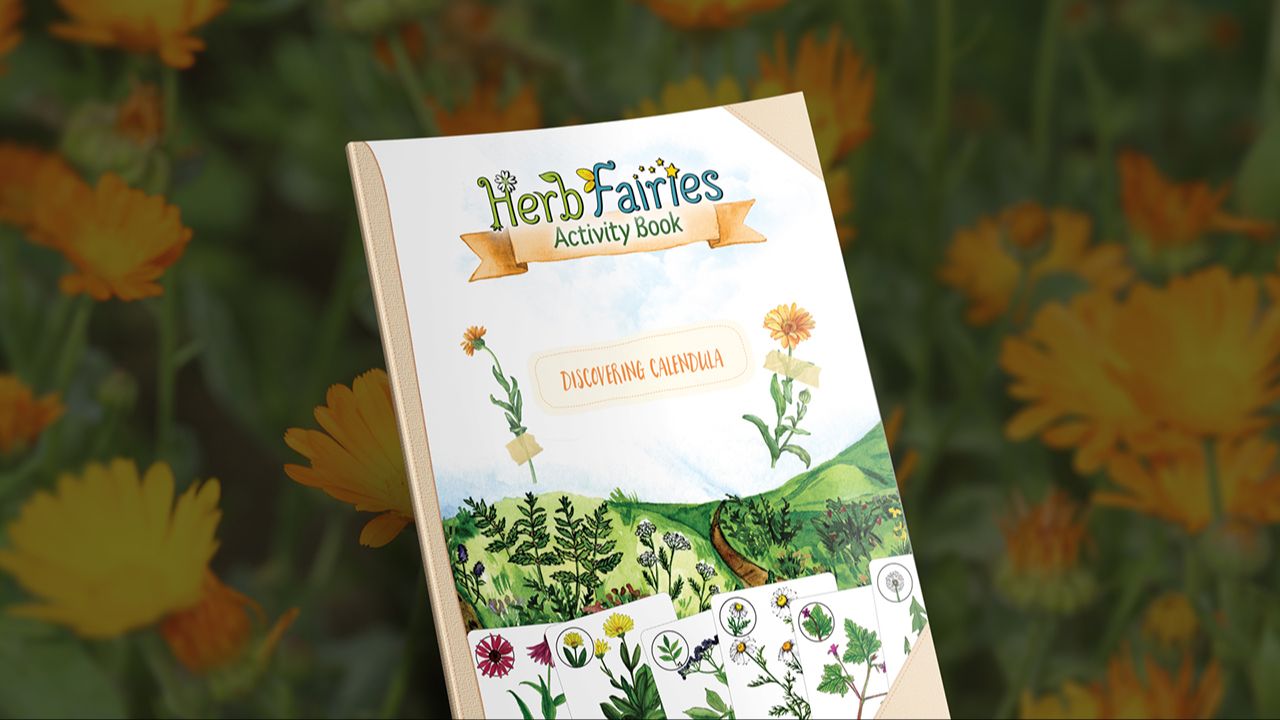
Boneset Uses and Plant Monograph
A native plant with a large distribution throughout North America, boneset can be found growing near lakes, ponds, swamps, and streams. Its opposite leaves unite at the base and appear as though they are pierced by the stem.

Boneset Uses & Plant Profile Summary
-
Botanical Name: Eupatorium perfoliatum
-
Other Common Names: Boneset, common boneset, thoroughwort, agueweed, crosswort, feverwort, Indian sage, sweating plant, teadral, wood boneset, vegetable antimony, wild Isaac
-
Family: Asteraceae (Compositae)
-
Parts Used: leaves and flowering tops
-
Energetics: cool and dry
-
Taste: bitter and mild astringent
-
Plant Properties: alterative, antibacterial, antipyretic, antiviral, astringent, bitter tonic, cooling diaphoretic, expectorant, febrifuge, immune stimulant, and sudorific. It is also a cathartic, choleretic, cholagogue, emetic, and laxative. See Special Considerations below before adopting boneset for regular use.
-
Plant Uses: helps resolves a fever, stimulates immunity, and eases a cold or flu symptoms. The tea and syrup encourage expectoration, easing upper or lower respiratory infections. Consuming small quantities of the infusion (served at room temperature) or the extract stimulates stomach and gallbladder secretions, enhancing digestion and assimilation.
-
Plant Preparations: tea, tincture, syrup. Exact dosage info is below in the Plant Preparations and Dosage Suggestions.
Considering the wet habitat in which boneset and mosquitos thrive, it’s intriguing that boneset was used historically (and continues to be used) to treat mosquito-borne illnesses such as Dengue (break-bone) fever, West-Nile Virus, Typhoid, and Yellow Fever. Although boneset may taste penetratingly bitter, few herbs rival its fever-mitigating effects. It’s also effective in treating many cold and flu symptoms.

Acute Immune Stimulant and Anti-inflammatory
A cooling, anti-inflammatory herb with immune stimulating effects, boneset increases resistance to bacterial and viral infections.1 The immune stimulating actions are attributed to the polysaccharide content and bitter principles (sesquiterpene lactones and diterpenes).2,3 Boneset is specific herb used to treat influenza and bacterial infections characterized by intermittent fevers. One study using diluted alcohol-based extracts showed in vitro that boneset protects cells from influenza-A by inhibiting viral attachment to the host cells. The study stated that polyphenolic compounds were the likely active agents.4 Herbalist Paul Bergner reported success in treating West Nile encephalitis and meningitis using boneset as a primary therapy.5 The following tincture compound aids in treating a cold or flu: three parts echinacea (Echinacea) and elder berry (Sambucus); two parts propolis resin; one and a half to two parts yarrow (Achillea) and boneset; and one-half part licorice (Glycyrrhiza). Consume 30–90 drops, every two hours, up to five times daily.

Fever-Relieving Agent
Administered as a hot tea in small, frequent doses, boneset is a diaphoretic (sudorific) that alleviates a fever resulting from a cold or flu. Boneset also decreases pain in the back and limbs, muscle aches, soreness, and rheumatic pain caused by a fever.6,7,8 It reduces inflammation in the upper respiratory tract alleviating a hoarseness, a dry cough, and wheezing.9,10 Boneset contains sesquiterpene lactones and flavones that have anti-inflammatory actions.11,12 Although the following tea blend tastes bitter, its highly effective as a diaphoretic; combine 1 part each of chamomile (Matricaria) and peppermint (Mentha piperita); and 1/3 part each of boneset, yarrow (Achillea), and elder flower (Sambucus).
Bitter Tonic and Mild Laxative
Low doses of the extract or tea (cold infusion) act as a tonic bitter and cholagogue that stimulates the appetite and enhances digestive secretions. Boneset is also a mild laxative.1314 It aids in treating non-ulcer dyspepsia and sluggish digestion.15 Large doses can have an emetic and cathartic effect.16
Historical Uses
More than 12 North American tribes introduced the plant to American settlers.17,18 Eclectic physicians administered low doses of the cold infusion or extract prior to meals as a stomachic and bitter tonic to treat non-ulcer dyspepsia, indigestion, and general debility.19,20,21 Large doses of boneset tea were given as an emetic and purgative.22,23,24 Hot tea was administered as a febrifuge to treat Dengue (breakbone) fever, yellow fever, and typhoid fever.25,26,27 One-half cup of tea was given every 15 minutes until the patient vomited. The patient was then put to bed, and continued ingesting smaller quantities of the tea until they perspired for two to three hours. Low doses of boneset cold infusion were then given as a tonic.28,29 Boneset was also administered to alleviate hoarseness and a cough, and reduce mucus secretions.30,31 Boneset tea was given to expel tapeworms and treat skin disease.32 It was included in the U.S. Pharmacopoeia until the 1950s.33
Constituents
Boneset contains flavonoids (quercetin, kaempferol, rutin, and eupatorin), terpenoids (chromenes), sesquiterpene lactones (euperfolin, euperfolitin, eufoliatin, and euperfolide), diterpenes (dendroidinic acid and hebeclinolide), triterpenes (α-amyrin), sterols (sitosterol and stigmasterol), hydrocarbons (dotriacontane), volatile oil, a polysaccharide (4-0-methylglucuronoxylan), and resin.34,35
Etymology of the plant’s name
Eupatorium was named after Mithridates Eupator, the 1st century king of Pontus who purportedly found a poison antidote in a species of the Eupatorium genus.36 The epithet perfoliatum refers to the leaves perforated by the stem.37 The common name boneset originated from the herb’s use in treating breakbone fever during the early 20th century flu epidemic.38
Botanically Speaking
Boneset is a perennial herb with clumps of erect, sturdy, hairy stems (40 to 100 cm tall).39 Fine hairs cover the entire plant.40 The pairs of opposite, sessile leaves are joined at their bases and encircle the stem; this gives the appearance of perforation by the stem.41 The leaves are long (50–150 mm long by 15–40 mm wide) and oblong to lanceolate, with finely dentate margins and acute apices.42 The undersides are downy and covered in glands; the upper sides are smooth.43 The terminal clusters of flowers form a flat or slightly convex, fluffy heads.44 Each head consists of 7–11 tiny white florets with corollas (3 mm long) that bloom August through October.45 The small, one-seeded fruit has a tuft of hairs (a pappus) comprised of 20–30 bristles.46(Images)
Plant Preparations and Dosage Suggestions
- Tea: As a diaphoretic, prepare a hot infusion and consume 2–6 ounces, up to four times daily. As a digestive bitter tonic, prepare a cold infusion; consume 2–4 ounces, 15–30 minutes prior to a meal, up to three times daily. Due to pyrrolizidine alkaloids content, boneset should not be consumed consistently for more than two to six weeks per year. (See the Special Considerations section below for more information.)
- Tincture: Fresh flowering herb [1:2 – 1:3, 70–95% alcohol]; dry flowering herb [1:5, 60% alcohol]; consume 10–90 drops in hot water, up to four times daily. Average dosage is 15–60 drops in hot water, as a diaphoretic however, robust and plus size individuals may require a 60–90 drop dosage range. The author recommends starting with a low dose range (10–30 drops) and then increasing to 60–90 drops if the prior dose range is ineffective.
Note: When boneset is used to alleviate fevers, the tea or tincture works most effectively when consumed every one to two hours, during waking hours. - Syrup: Prepare a syrup by infusing one half ounce (15 grams) into 8 ounces of hot water, then dissolve 2 cups of sugar into the tea, cooking on low, until the granules have dissolved. Steep with a lid for 30–60 minutes, then strain the herb. Place the syrup in a clean, dry bottle and store in the refrigerator. Consume 1–2 teaspoons of the syrup, in hot water or tea, every one to two hours, up to five times daily.

Special Considerations
Boneset contains pyrrolizidine alkaloids (PAs); thus, it is contraindicated during pregnancy and lactation, and in infants and the elderly.47 Avoid consuming boneset products in high doses and for long periods of time (no more than two to six weeks per year), due to the cumulative effects of pyrrolizidine alkaloids.
Internal use of boneset should be limited and may be contraindicated in the following groups of individuals: those who consume alcoholic beverages regularly, use prescription or over-the-counter medications that compromise liver function or induce liver damage, or individuals with existing liver conditions or liver damage. When used in small amounts in moderation, it is unlikely to cause problems in healthy individuals.
Exceeding the recommended dosage can cause an upset stomach, nausea, vomiting, or diarrhea.48 Boneset contains sesquiterpene lactones that can cause contact dermatitis.49









